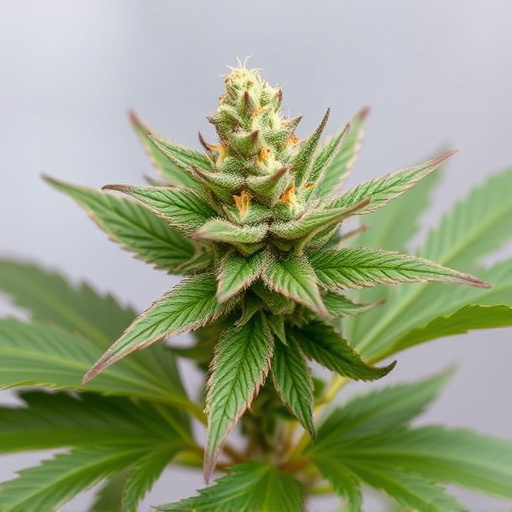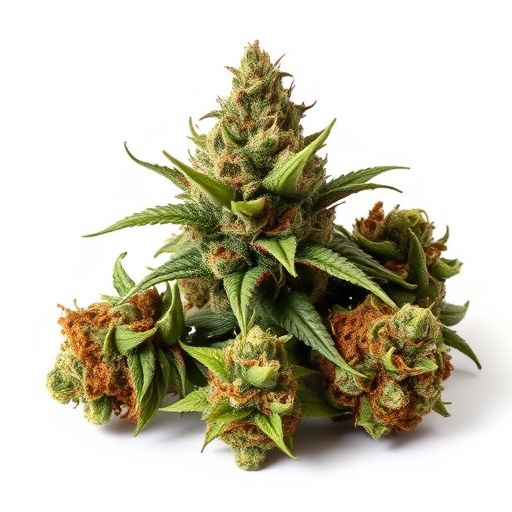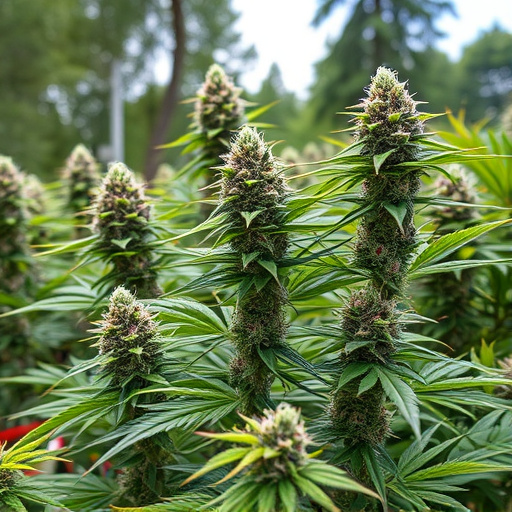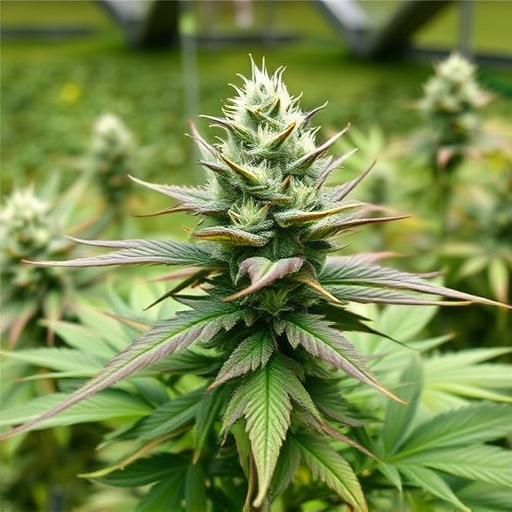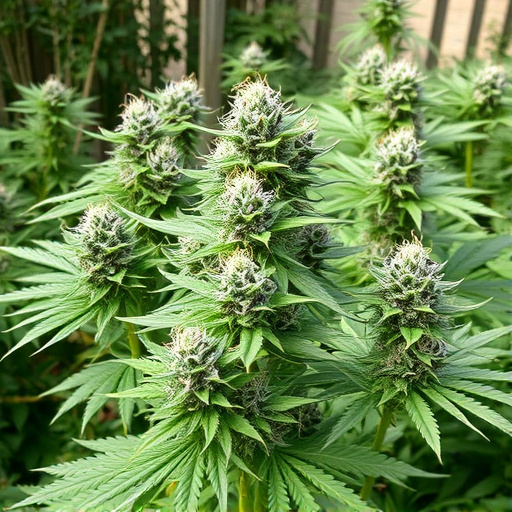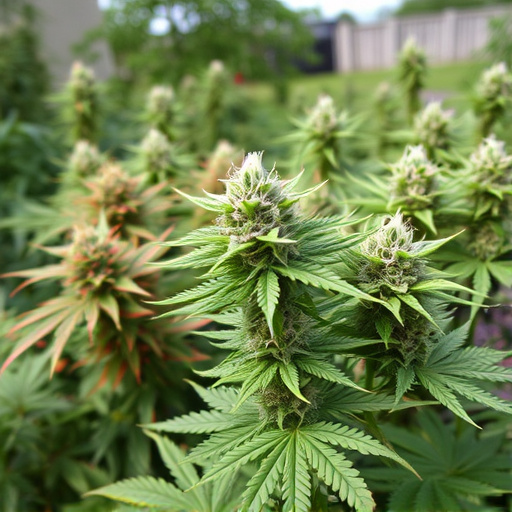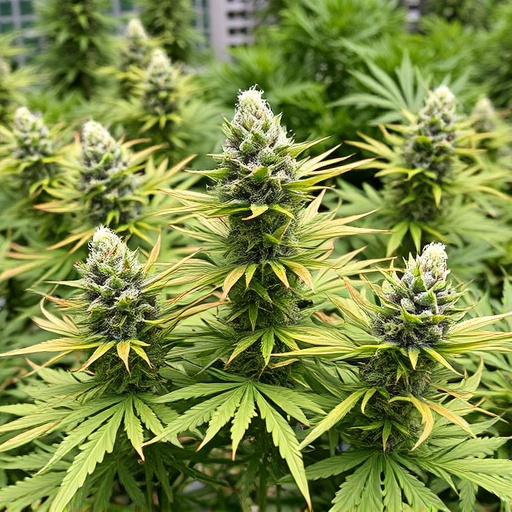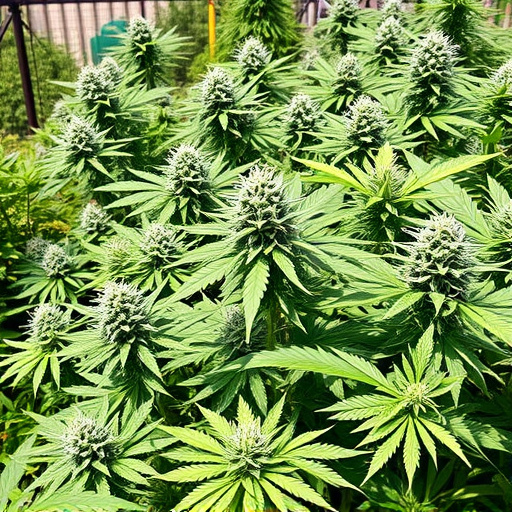Cultivating high-quality outdoor cannabis requires selecting robust, climate-adapted strains for optimal growth and yield. Consider microclimate compatibility, flowering times, terpene profiles, and cannabinoid balance. Choose varieties with a history of producing dense, resinous buds and minimize pest/disease issues through natural resistance. Landrace strains, adapted to global climates, offer unique benefits and effects tailored to specific environments.
Discover the best landrace strains perfectly suited for outdoor cultivation. This comprehensive guide explores optimal growth strategies for robust outdoor cannabis plants, focusing on climate-specific adaptations and popular choices for thriving in natural environments. Learn about traditional genetics, unique effects, and cultivation tips to maximize the potential of these pure landrace strains. Uncover essential elements, from soil and sunlight to pest management, ensuring bountiful harvests of high-quality outdoor cannabis.
- Choosing Outdoor Cannabis Strains for Optimal Growth
- – Factors to consider when selecting strains for outdoor cultivation
- – Climate-specific adaptations and their benefits
Choosing Outdoor Cannabis Strains for Optimal Growth
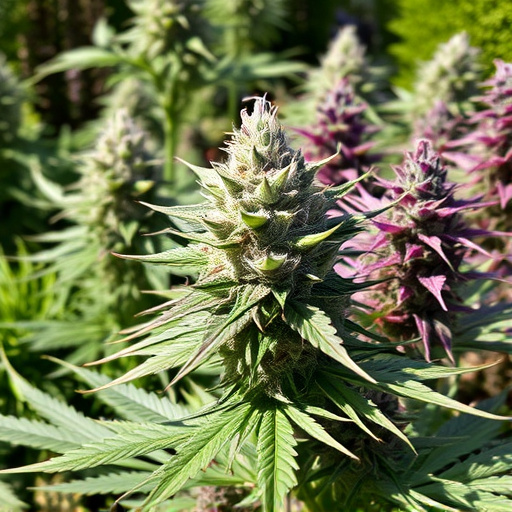
When cultivating cannabis outdoors, selecting the right strain is paramount for optimal growth and yield. Outdoor cannabis strains should be robust, adaptable, and well-suited to your local climate and environmental conditions. Look for varieties known for their hardiness, as these will be better equipped to withstand varying weather patterns, pests, and diseases without requiring excessive intervention.
Consider factors like flowering time, which can impact when you can expect a harvest, and terpene profiles, which influence the plant’s aroma and potential therapeutic effects. Additionally, choose strains with a history of producing high-quality buds that are dense, resinous, and well-balanced in cannabinoids for a superior outdoor growing experience.
– Factors to consider when selecting strains for outdoor cultivation
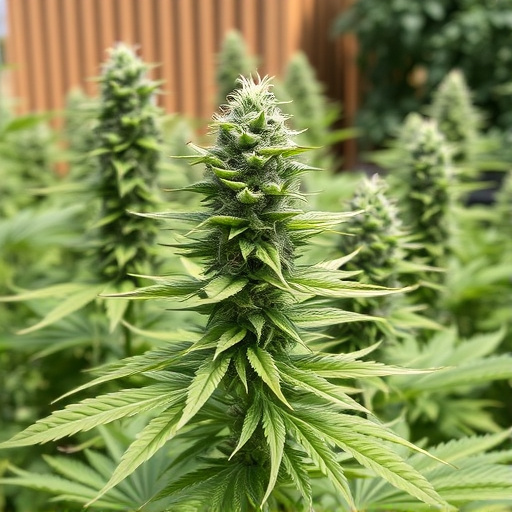
When cultivating outdoor cannabis strains, several factors come into play that determine the success and quality of your harvest. Firstly, consider climate compatibility; each strain has specific requirements regarding temperature, sunlight, and humidity. Choosing varieties suited to your region’s microclimate ensures healthier plants and higher yields. Additionally, think about growth patterns—indica strains often thrive outdoors due to their compact size and ability to adapt to cooler environments, while sativa strains may require more protection from strong winds and intense sun.
Soil health is another critical aspect; outdoor cannabis strains benefit from well-drained, nutrient-rich soil. Testing the pH levels and ensuring proper fertilisation will contribute to robust plants. Moreover, providing support structures like trellises or cages can be beneficial for taller strains, promoting optimal air circulation and preventing damage from heavy flowering. Lastly, selecting strains known for their resilience to pests and diseases is essential to minimising treatment needs and maintaining a healthy outdoor garden.
– Climate-specific adaptations and their benefits
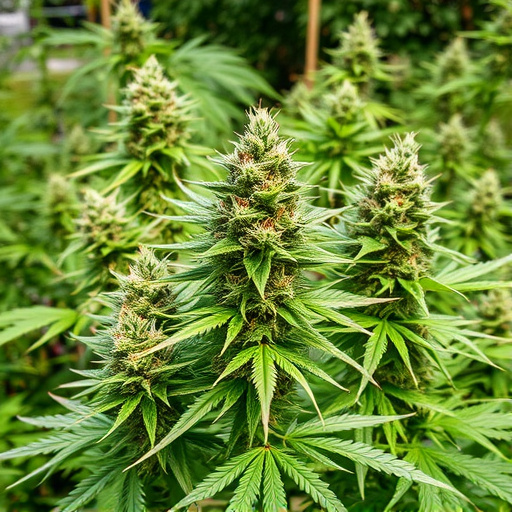
Cannabis plants, being adaptable survivors, have evolved various landrace strains that thrive in specific climates worldwide. These natural selections offer unique benefits tailored to their environments, making them ideal for outdoor cannabis strains. For instance, plants grown in colder regions often develop robust, dense structures and higher levels of resins, which not only protect them from harsh winters but also enhance their therapeutic properties. In contrast, tropical landraces may exhibit more compact growth patterns and higher THC concentrations, providing potent effects suitable for warm climates.
Understanding these climate-specific adaptations allows cultivators to select the right outdoor cannabis strains for optimal growing conditions. This precision cultivation not only maximizes yield and quality but also ensures that each plant expresses its genetic potential, resulting in a diverse range of effects. Whether it’s the invigorating energy from a sun-kissed Mediterranean strain or the calming relaxation offered by a mountain-grown variety, these landrace adaptations contribute significantly to the cannabis experience.
When cultivating outdoor cannabis strains, understanding the interplay between climate, terrain, and plant genetics is key. By carefully considering factors like sunlight exposure, temperature ranges, and moisture levels, cultivators can optimize conditions for robust growth and pure effects. Leveraging climate-specific adaptations offers numerous benefits, from enhanced resilience to heightened terpene profiles. With the right outdoor cannabis strains selected based on these considerations, growers can foster plants that thrive and produce high-quality, potent harvests.

